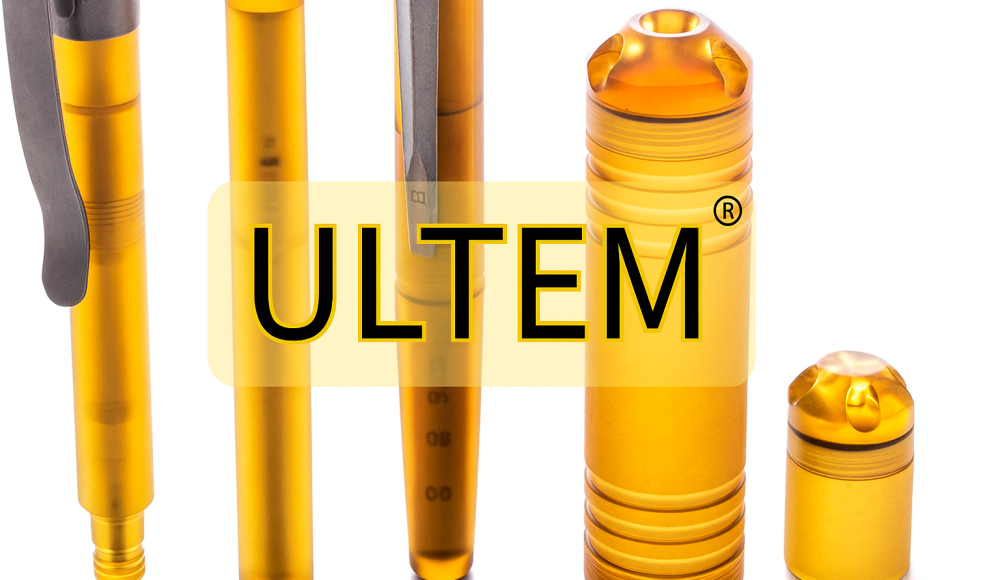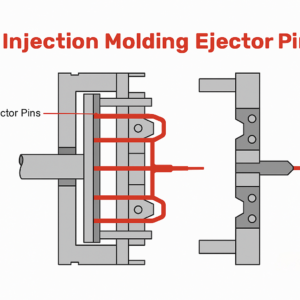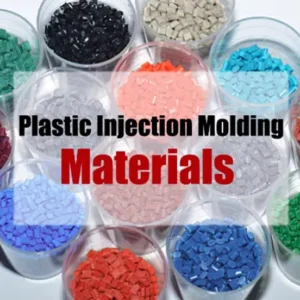PEIとは (ポリエーテルイミド)?
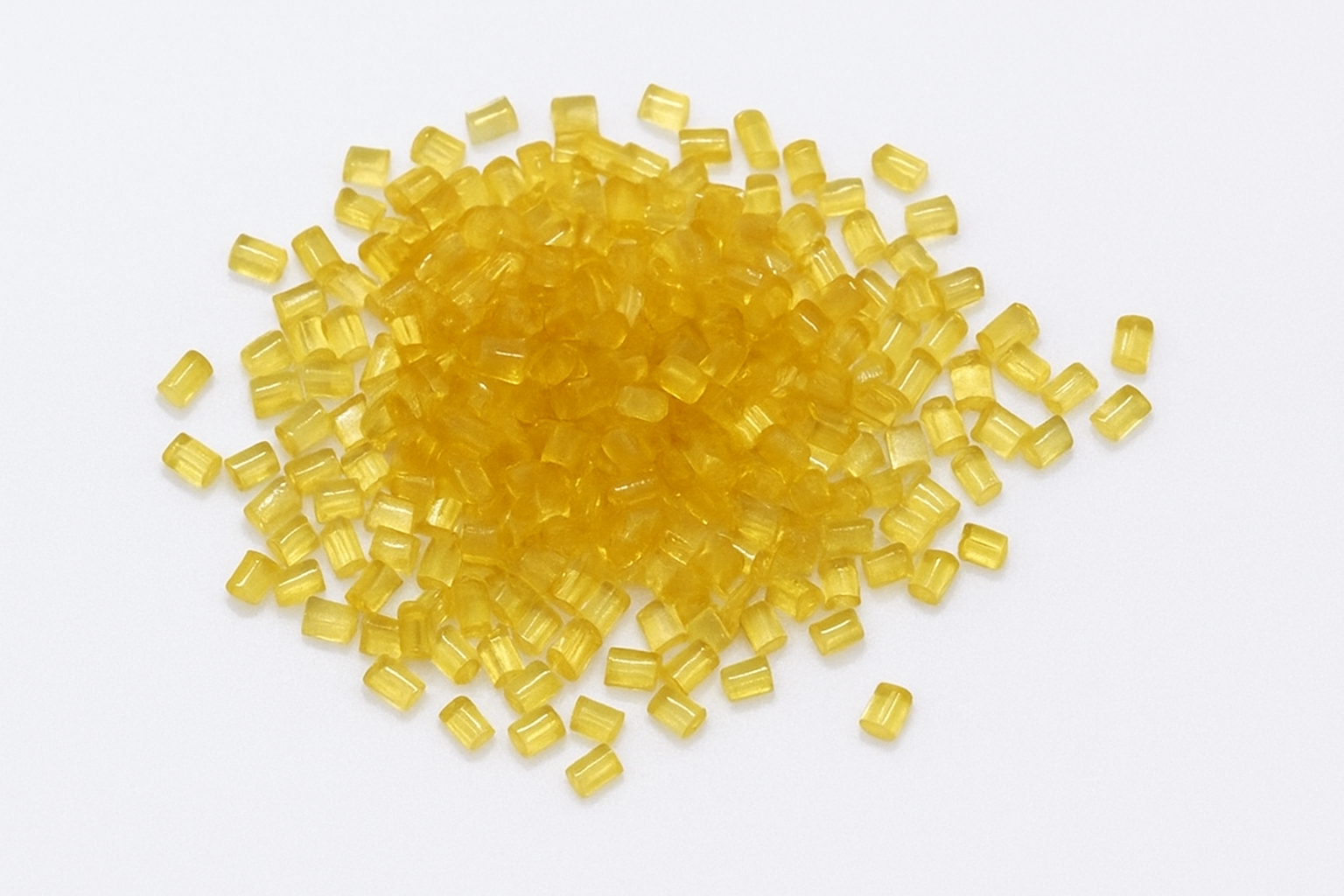
PEIとは (ポリエーテルイミド)
ポリエーテルイミド (PEI) 優れた耐熱性で知られる高性能エンジニアリング熱可塑性プラスチックです。, 寸法安定性, and electrical insulation properties. It belongs to the same polymer family as polyether ether ketone (ピーク) but offers a more cost-effective balance of performance and manufacturability in demanding environments.
The most recognized brand of PEI is Ultem®, developed by SABIC Global Technologies, which includes nearly 100 different grades—from unfilled to glass- and carbon-fiber-reinforced versions—tailored for applications requiring mechanical strength, thermal resistance, and flame retardancy.
Despite its versatility, PEI is relatively expensive and has lower wear resistance than materials like ピーク, PTFE, または UHMWPE. It also requires very high processing temperatures and may experience environmental stress cracking when exposed to chlorinated solvents, strong alkalis, or concentrated acids under continuous load.
Because of its cost and unique characteristics, PEI is typically used in 致命的, 高価値アプリケーション where strength, 絶縁, and thermal endurance are essential.
Applications of PEI Injection Molding
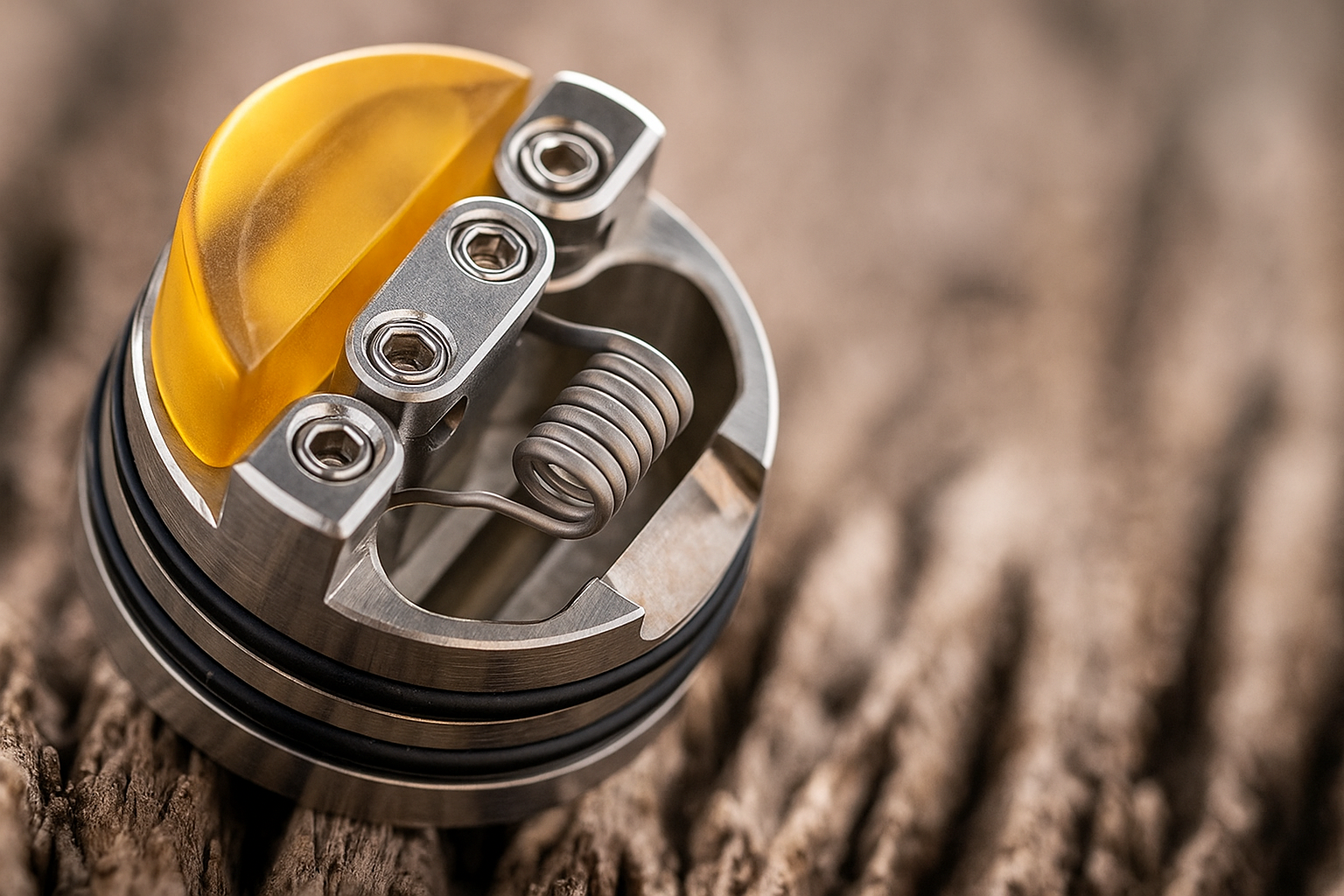
Applications of PEI Injection Molding
PEI injection molding is used where parts must resist extreme heat, repeated sterilization, または intense electrical stress.
一般的なアプリケーションには次のものがあります。:
医療機器: Infusion pumps, 手術器具, and respiratory devices that undergo repeated autoclave sterilization cycles.
電気 & 電子部品: コネクタ, sockets, スイッチ, and circuit housings that must maintain insulation under high voltages.
航空宇宙部品: Interior parts that require flame resistance, lightweight design, and stable performance at elevated temperatures.
自動車システム: Under-hood sensors and electrical modules exposed to heat and vibration.
産業機器: Test fixtures, ポンプハウジング, and high-performance insulators.
Molded PEI parts typically have a translucent amber color, although colorants can be added to meet aesthetic or identification needs.
Advantages of PEI Injection Molding
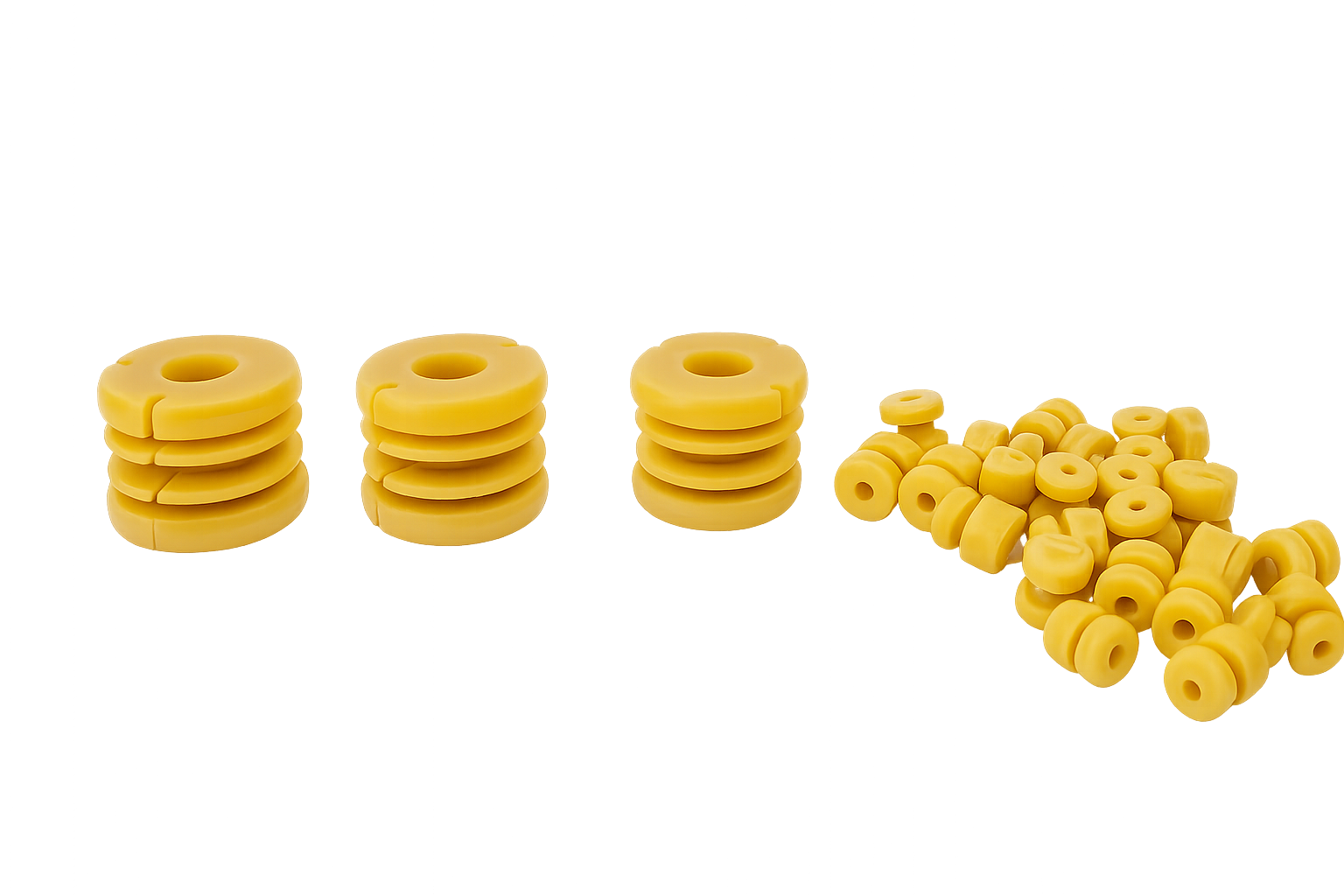
Advantages of PEI Injection Molding
温度抵抗
PEI can operate continuously at up to 170°C and withstand heat deflection temperatures (HDT) 間 200°C and 210°C under load. This allows it to replace metals or thermosets in many high-temperature environments. Beyond 210°C, it begins to deform under prolonged stress.
耐クリープ性
Creep is the tendency of a material to deform under constant load. PEI’s exceptional creep resistance そして 寸法安定性 make it suitable for precision parts that must maintain tight tolerances even after years of thermal cycling. その uniform coefficient of thermal expansion (CTE) ensures predictable dimensional changes when exposed to heat.
Sterilization Capability
Injection molded PEI withstands steam autoclaving, ethylene oxide gas, そして gamma radiation—all common sterilization methods in the medical field. This resistance enables repeated reuse of medical components without degradation or discoloration.
Environmental Resistance
PEI performs well under UV exposure, high humidity, そして 熱応力. Its UV resistance can be further enhanced with stabilizers, making it a viable choice for 屋外アプリケーション のような 電気エンクロージャ, power meters, そして センサーハウジング.
誘電強度
Among engineering plastics, PEI exhibits one of the highest dielectric strengths—around 25 kV/mm at 1.6 mmの厚さ. This makes it ideal for 電気絶縁体, capacitor housings, そして high-voltage connectors. Once the dielectric limit is exceeded, しかし, the material undergoes a dielectric breakdown, becoming conductive rather than insulating, so proper design is essential.
Design Guidelines for PEI Injection Molding
Following proper design practices ensures consistent part quality and efficient moldability.
肉厚
Recommended range: 0.060–0.100 in (1.5–2.5 mm)
Thicker walls reduce flow length, risking incomplete fills.
Keep wall thickness ユニフォーム; variations should not exceed ±25%, and transitions must be gradual to prevent stress buildup or sink marks.
半径
Avoid sharp corners that cause stress concentrations.
Minimum internal radius: >0.015 で (0.38 んん)
Prefer larger radii, 理想的には 25–50% of wall thickness, to improve flow dynamics そして part durability.
抜き勾配角度
To enable easy part ejection:
Standard draft angle: 1° per side.
For textured surfaces, increase draft by 1.5° for every 0.001 in of texture depth.
Smoother finishes may require less draft.
Part Tolerances
PEI allows 厳しい許容範囲 of ±0.001 in, though standard production tolerances are ±0.003–0.005 in. Designers must balance precision with tooling cost since tighter tolerances significantly increase manufacturing expense.
PEI Grades and Material Properties
PEI comes in multiple grades with different filler contents and performance levels. The table below summarizes key data for some common Ultem® and RTP grades:
| 財産 | Ultem® 1000 | Ultem® 2200 (20% GF) | Ultem® 2300 (30% GF) | RTP 2100 LF |
| 密度 (g/cm3) | 1.27 | 1.42 | 1.51 | 1.27 |
| 収縮率 (%) | 0.5–0.7 | 0.3–0.5 | 0.2–0.4 | 0.8 |
| Rockwell Hardness (M) | 106 | 114 | 114 | — |
| 抗張力 (MPa) | 110 @ Yield | 131 @ Break | 175 @ Break | 105 @ Yield |
| 破断伸び (%) | 50 | 4 | 2.4 | 60 |
| Flexural Modulus (GPa) | 3.3 | 6.89 | 9.6 | 3.31 |
| 誘電強度 (KV/mm) | 25 | 26.3 | 26 | 19.7 |
| Volume Resistivity (Ω·cm) | 1×10¹⁵ | 7×10¹⁶ | 1×10¹⁵ | 1×10¹² |
| Drying Temperature (℃) | 150 | 150 | 150 | 149 |
| 溶融温度 (℃) | 350–410 | 350–400 | 350–410 | 354–399 |
| Mold Temperature (℃) | 135–180 | 135–165 | 135–180 | 135–177 |
Glass-filled grades (20–30%) provide superior stiffness and dimensional stability, しかし、彼らはそうです less ductile. Unfilled PEI offers better impact strength and transparency, making it ideal for visual or mechanical test applications.
PEI Material Processing Guidelines
Moisture Control
PEI is hygroscopic and must be dried thoroughly to prevent bubbles, ボイド, そして surface defects.
Unfilled PEI: 4 hours at 150°C.
Reinforced PEI: まで 6 hours at 150°C.
Moisture levels should be below 0.02% before molding.
Temperature Control
PEI demands very high processing temperatures:
Melt temperature: 350°C–410°C.
Mold temperature: 135°C–180°C.
ご了承ください pigmented PEI may discolor above 382°C. Maintaining consistent temperature control throughout the mold ensures proper flow and crystallization.
Injection Pressure
Typical injection pressure: 70–150 MPa.
Higher pressures improve mold filling そして reduce shrinkage, but excessive pressure may induce warping or flash.
収縮
Unfilled PEI: isotropic shrinkage (ユニフォーム).
Glass-filled PEI: 異方性 (directional), leading to uneven dimensional changes.
To minimize shrinkage:
Lower mold temperature.
Increase injection pressure and packing time.
Use proper gate locations for balanced flow.
Best Practices for Successful PEI Injection Molding
Collaborate with experienced injection molders familiar with high-performance thermoplastics.
使用 precision tooling with temperature control systems.
Implement 製造可能性のための設計 (DFM) early to balance design and cost.
Regularly maintain dryers and temperature controllers to avoid process variation.
行為 mold flow analysis (MFA) for optimal gate and vent placement.
結論
PEI injection molding enables the production of strong, 耐熱性, and electrically insulated components for critical applications in medical, 航空宇宙, そしてエレクトロニクス産業.
Although PEI is more costly and difficult to process than common plastics, その thermal endurance, dielectric strength, そして 寸法安定性 make it indispensable for demanding environments where performance cannot be compromised.
When combined with proper mold design, 処理パラメータ, and skilled engineering control, PEI—especially Ultem®—delivers exceptional long-term reliability.
よくある質問
- What are the main differences between PEI and PEEK?
PEI is less expensive but has lower wear and chemical resistance compared to PEEK. PEEK is better for continuous use above 250°C, while PEI is ideal up to about 170°C. - Can PEI be used for medical implants?
いいえ, PEI is not bioresorbable and is unsuitable for long-term implantation. しかし, で広く使用されています sterilizable external medical devices. - How do glass fillers affect PEI properties?
Glass fibers increase stiffness, 抗張力, and heat resistance but reduce flexibility and impact toughness. - What are the ideal drying conditions for PEI resin?
Dry at 150°C for 4–6 hours until the moisture content drops below 0.02%. Proper drying is critical to avoid splay and brittleness. - Is PEI suitable for outdoor electrical applications?
はい. With UV stabilizers, PEI performs well in outdoor environments exposed to sunlight and high temperatures.
続きを読む:
ナイロン射出成形: デザイン, プロセス, およびエンジニア向けの材料ガイド

